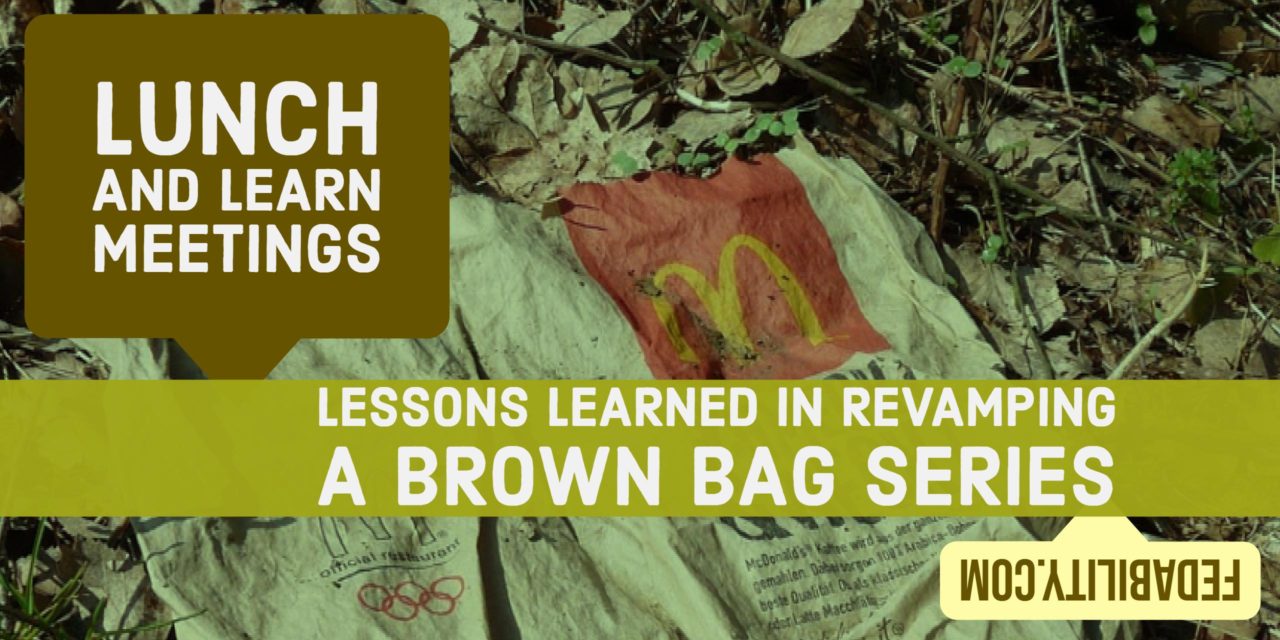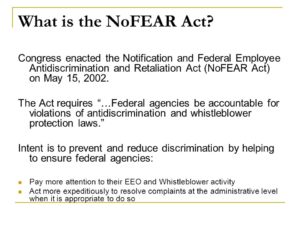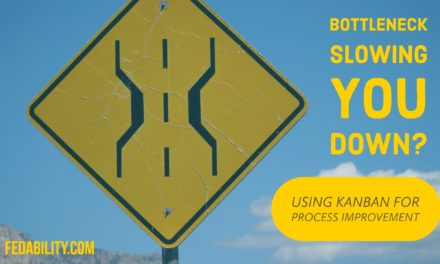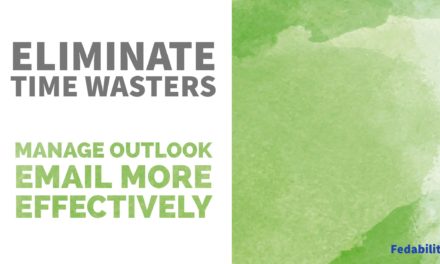Lunch and learn meetings are simultaneously popular to host and poorly attended. The intent behind a lunch and learn is usually valiant. They are also seldom well executed. In this post, we’ll cover the biggest mistakes people make when hosting a lunch and learn meeting.
What is a lunch and learn?
First, let’s be clear about what is meant by ‘a lunch and learn meeting’. They are sometimes called brown bag meetings because they occur during lunch hours. Employees are encouraged to bring something to eat with them. If you do a search on these kinds of meetings, there’s a ton of suggestions for lunch and learn topics. One of the topics that made me cringe the most was a picture show of an employees trip to India. Another was a presentation on an employee’s personal hobby of photography.
Now if you’re the typical high performer – you don’t have time for lunch – never mind taking time out to see Rafael’s family pictures in front of the Taj Mahal. So the only reason you may show up to a lunch and learn is to begrudgingly show your face. Or to support a specific coworker who’s likely had their arm twisted to present.
Ironically, the most common reasons lunch and learns are held – are also the biggest mistakes. So let’s cover why lunch and learns are held.
(Terrible) reasons to host a lunch and learn
It’s an excellent use of limited time!
Hosts of these meetings have come to the conclusion that employees are too busy during the day to attend a training event. So what time do all of us have free? Lunch time!
Let’s use the one time most all of us finally get to break free from non-stop meetings – to attend another meeting!
There’s nothing that seems more disingenuous than scheduling something that’s ‘for the employee’ during the one free period they have during the day.
We could introduce new organizational initiatives!
With minor exception, the topics of lunch and learns are determined by someone in leadership. As a result, they tend to choose topics they want employees to know about.
It might be about a new tool they want employees to start using. Or, it might be about the results from the recent Federal Employee Viewpoint survey.
Seldom are brown bag meeting topics selected by the target audience. As a result, turnout is low. And, it’s assumed that perhaps there just wasn’t enough marketing.
Let’s get a bunch of people to complete mandatory training requirements!
From a management perspective, using a lunch and learn session is one way to get higher compliance on mandatory training requirements. And, if the sessions were actually an opportunity to discuss the policies they are training on, it might actually be valuable. For instance, how the No Fear Act applies in the workplace and nuances in how it’s implemented.
Instead, however, it’s usually a standard presentation that allows little opportunity for discussion. As a result, lunch and learns get a reputation for being linked to checking boxes rather than learning.
Given all this, we must ask ourselves whether lunch and learns should be continued. Have they been so misused to no longer be able to used effectively?
My answer is definitively: maybe.
Lessons learned in revamping a Lunch and Learn program
In a prior position, I was tasked with revamping the brown bag meetings our department held on a monthly basis. As is true of most of these kinds of programs – so few people were showing up it seemed like a wasted effort.
Ask employees what they want to know about
The first thing my team and I did was put together a long list of possible topics for lunch and learns. The sky was the limit! For instance, we added a topic of what to do if there was an active shooter. And, project management tips for non-project managers.
(If you aren’t sure what to do when there’s an active shooter, I highly recommend the video funded by Homeland Security)
We put our list into an online survey tool and sent it out to our employees. We asked them to select the topics that most interested them. Also, there were opportunities to add their own topics.
Based on the results of the survey, we put together a calendar of lunch and learns on the most popular topics. Additional topics that were commonly ‘written in’ were also added to the calendar.
Would you believe we had enough topics to run the brown bag twice a month for the year?
You don’t have to manage an entire lunch and learn series to take something away from this!
If you are a manager, before you start offering brown bag sessions, ask what people really want to know about. It saves you the time of putting together sessions that people don’t want to attend. And, it saves your team from feeling frustrated that they’re spending their lunch hour learning about yet another organizational initiative.
Rebrand the lunch and learn
In addition to asking employees what topics they wanted to learn about, we asked them what name they’d recommend it being called. Admittedly, we didn’t really have high expectations for this item on the survey.
But we were surprised with an excellent suggestion.
The lunch and learn meetings were renamed to the “I wish I knew…” series.
For the rest of the year, we hosted sessions like: I wish I knew…what to do if there’s an active shooter. And, I wish I knew…how to be a more effective teleworker.
Again, you don’t have to manage an entire lunch and learn series to take something away from this!
One team, branded a reoccurring meeting they held that focused on a specific organizational issue. This made the meeting different from others in that it had an actual name. They knew exactly what the purpose of the meetings were. It became something they could all rally behind.
On top of that, there was a stated plan to spend the first 15 minutes of each meeting to teach/learn something new in their industry.
Schedule it during regular work hours
We also shifted the schedule to just before the typical lunch hour. That way, employees could attend as part of their usual work time. And, they could also take a lunch break if they chose to do so.
This was done in part to respect employee’s lunch. But, it was also done to demonstrate that attendance in the sessions was supported by the agency leadership supported.
Be flexible in attendance
Great strides are being made in offering telework in government. Yet, training sometimes lags behind with the belief that employees can’t be trusted to pay attention if they aren’t sitting in a classroom.
We decided to allow call-in information to be made easily available to increase participation. The idea being that employees need to be trusted to make decisions about what is important to their own learning and development.
Protect the series
Our team did the seeming-impossible. The sessions became so popular that we often had standing-room only in the room. This quickly got the attention of our leadership. And so, we began getting requests to get onto our calendar. They wanted to start using our “I wish I knew…” sessions for announcing new initiatives. As you might imagine, our team saw this as both positive and negative.
Positive that our successes had risen to the ear of leadership. Negative that we might be seeing the beginning of the end of our newly branded series. We worried that we’d lose the trust of our employees in offering only topics that were of interest to them.
Luckily, our schedule was already full due to our early planning. We offered, instead, to help with the logistics and communication of separate events that allowed leaders to announce new initiatives. And, we made sure to do more early planning in the upcoming year to make sure that that calendar always stayed full of topics of interest to employees.
I repeat, you don’t have to manage an entire lunch and learn series to take something away from this!
If you are a manager, it’s important to protect the time you set aside for brown bags. It’s incredibly easy to slip back into these meetings becoming a regular staff meeting. Protect the intent. Protect the time. And, protect the team.
Should we stick a fork in Lunch and Learns?
My final answer is, yes.
In their current form.
And, with the current advice to use them during lunch and to introduce new topics that leadership wants its employees to know.
With adjustments to make lunch and learns focused on the needs of the employees with the specific objective of helping the team become more effective – lunch and learns (or whatever you decide to call them) can be an incredibly valuable use of time and opportunity.








enjoyed your topic.